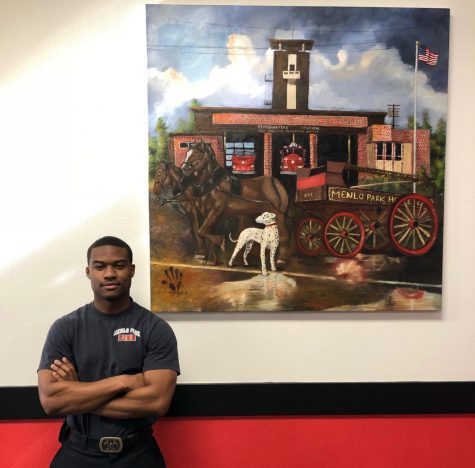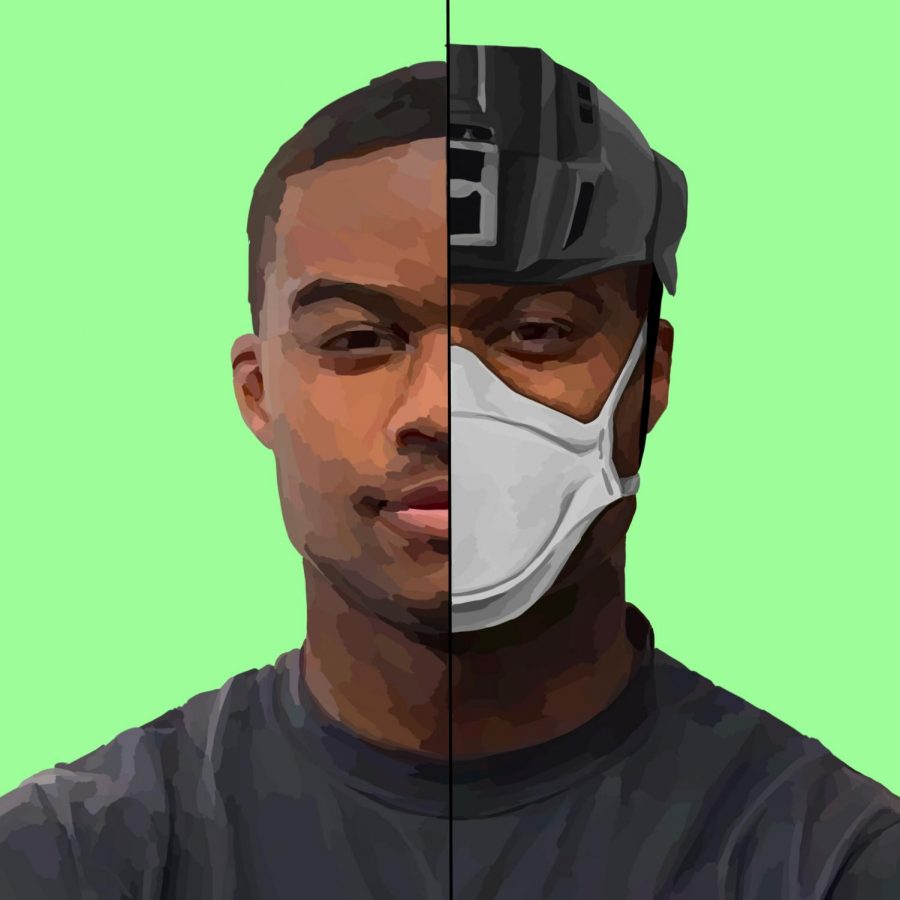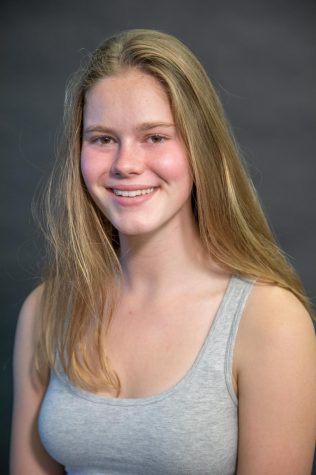Behind the Mask: Charles Washington
A portrait of firefighter, engineer and paramedic Charles Washington. Firefighters started to take extra precautions with their gear since the start of the coronavirus pandemic, including wearing N-95 masks and glasses on certain calls. Staff illustration: Grace Tang.
August 3, 2020
Staff Illustration by Grace Tang.
Behind the Mask is a series exploring the lives of five medical professionals and how their lives have changed because of the coronavirus. This is part five of five, a profile on Charles Washington, a firefighter, engineer and paramedic for the Menlo Park Fire District.
———
“No matter what happens, if someone calls 911, the fire district is always going to be there. If an old lady falls off the toilet, we’re going to go, if someone gets shot, we’re going to go. No matter what, we’re going,” firefighter, engineer and paramedic for the Menlo Park Fire District Charles Washington said.
Firefighters are still working the same hours and answering all calls while taking extra precautions during the coronavirus pandemic. When a 911 call comes through, the Emergency Medical Dispatcher (EMD) on call triages the call and gives instructions to the first responders. Washington said that if the caller presents any coronavirus-like symptoms, the EMD takes note, and the call is answered accordingly. The first responders (usually the captain, a firefighter and a paramedic) arrive at the scene.
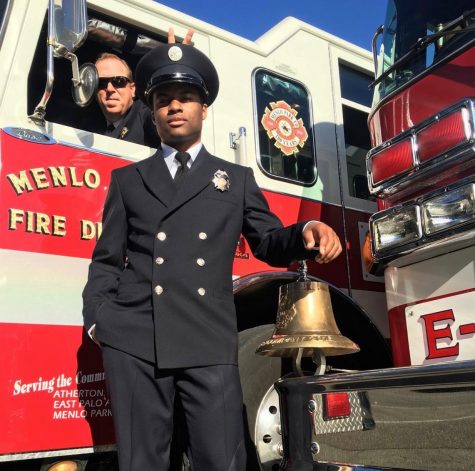
Washington is often the paramedic in these situations. In order to avoid exposing all three responders to the coronavirus, either Washington or the captain will interact with the patient alone to assess whether it’s safe for the others to follow, how to monitor the patient or whether the others need to follow at all.
Washington manages the medical calls, meaning that he is the primary care provider for the patient. The firefighter on call assists with Emergency Medical Technician (EMT) duties, and the captain is a scribe. Washington said that he takes almost every patient’s temperature regardless of the situation they are in or the type of call he is answering in case the patient does have the coronavirus.
Being a healthcare provider means giving not only medical support but also emotional support, according to Washington. “Sometimes people only need emotional help. Sometimes people aren’t as sick as they think they are and just need someone to talk to,” he said. “It’s not just medical, the health care [we’re] providing. It’s also mental health.”
Washington said that he has not felt any flu-like symptoms and has not gotten tested for the coronavirus, though he has the option to. He said that he doesn’t feel as though he’s putting his life in more danger than he was before the outbreak of the coronavirus. “When you sign up to be a firefighter, you take on the responsibility to protect life, property and the environment. If you’re not willing to do that, you shouldn’t pursue the job in the first place. There’s no difference between [the coronavirus] and walking into a burning building that could collapse,” he said.
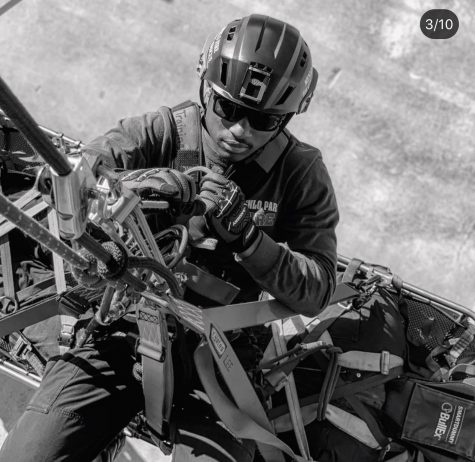
A normal firefighter works for two days, then has four days off, totaling to 11 working days a month, or 56 hours a week. 75 to 80 percent of the pre-coronavirus calls were medical and still are in the midst of this pandemic, according to Washington.
Generally, the amount of protection gear firefighters wear depends on the call. For example, a firefighter will not wear an N-95 mask when responding to a fire because they must put on their self-contained breathing apparatus (SCBA), which is a device that firefighters wear to provide air in dangerous environments. “If we’re going to a place that’s confirmed COVID-19, we’re going to take all of the precautions possible, not only to protect ourselves but to protect other patients,” Washington said.
Washington said he doesn’t think the world will ever be the same after the coronavirus pandemic. “In sixty years, our grandchildren [might be asking], ‘Why are you always washing your hands?’ We can say that we grew up in the time of the coronavirus and that [it] became the norm. It’s definitely something to think about,” he said.
